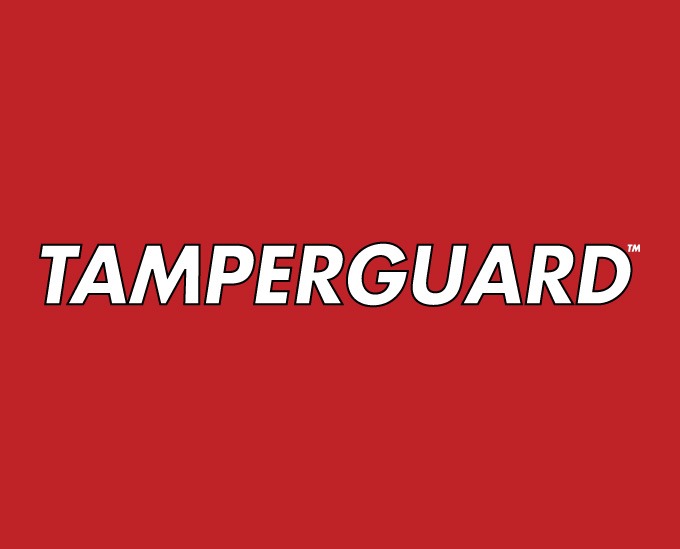Over the past two years, businesses have been forced to deal with unexpected price increases almost everywhere.
These cost increases and the resulting inflation are driven by many factors: the unavailability of certain raw materials, soaring energy and transportation prices, supply chain snags, and labour shortages, to name a few.
As market volatility continues, companies will need to explore all possible options to save on energy costs, minimize wastage, and improve production efficiency.
Will it be enough? While many businesses have managed to absorb some degree of profit erosion, there comes a time when there is no other choice but to pass these extra costs on to the next buyer in the supply chain.
Business owners should be prepared to justify price increases, provide value-added services, and show the concrete steps being taken to keep the situation under control.
